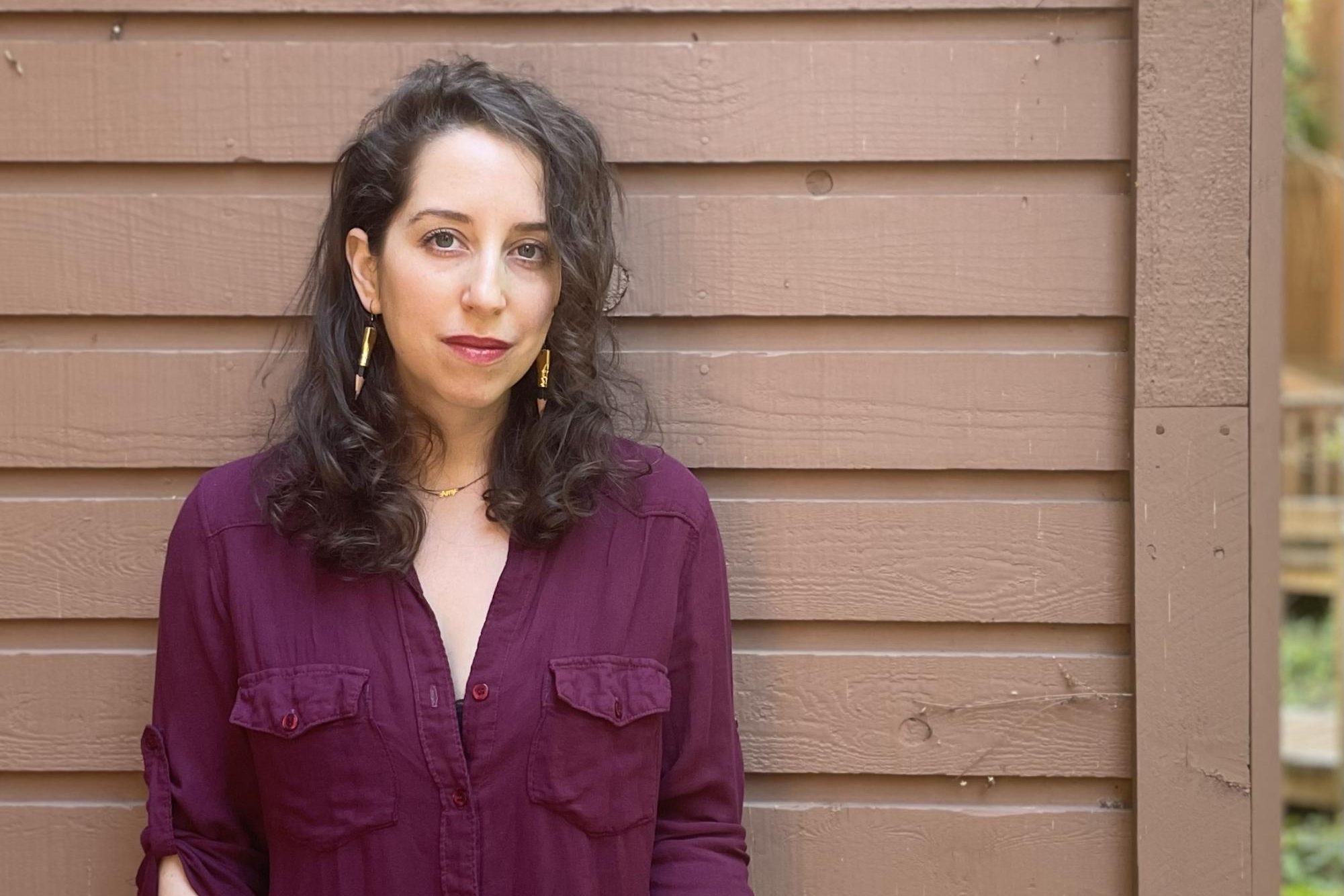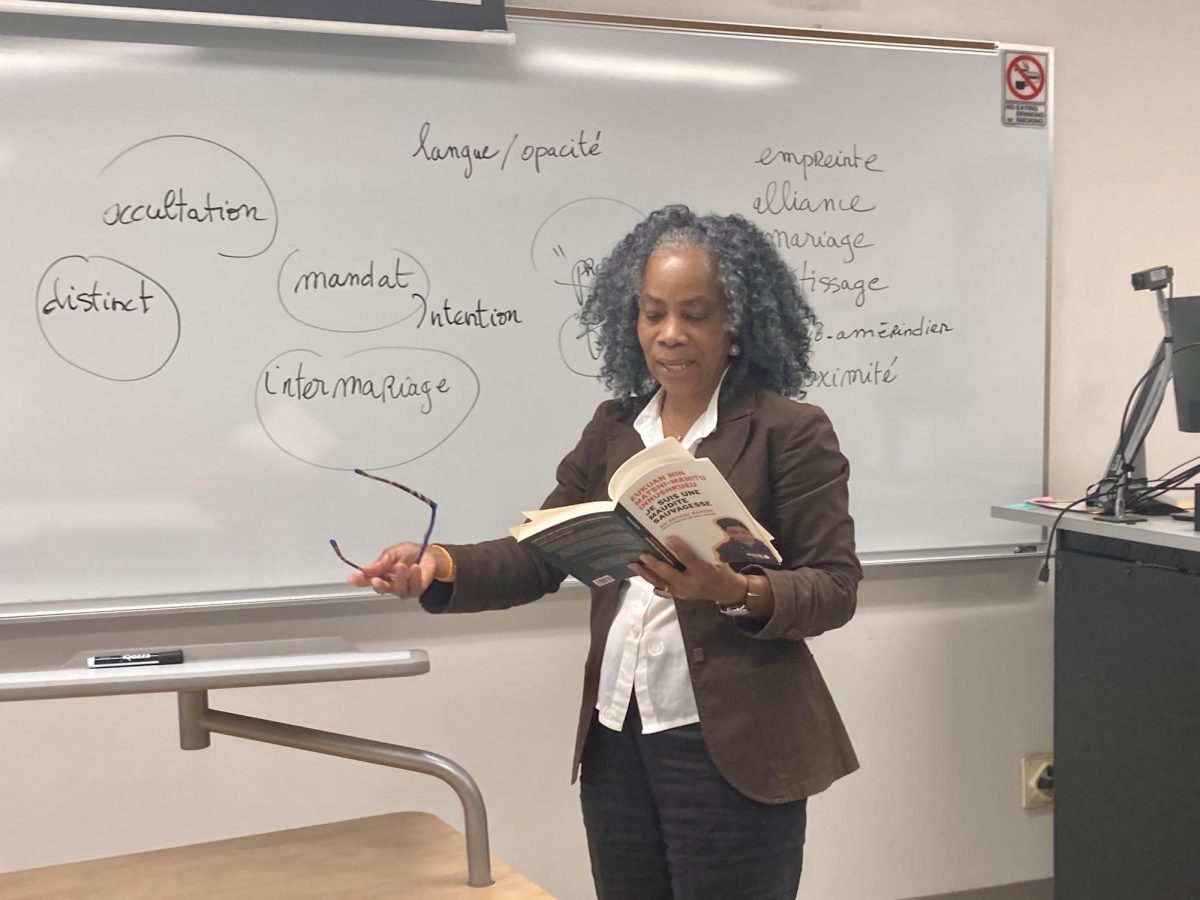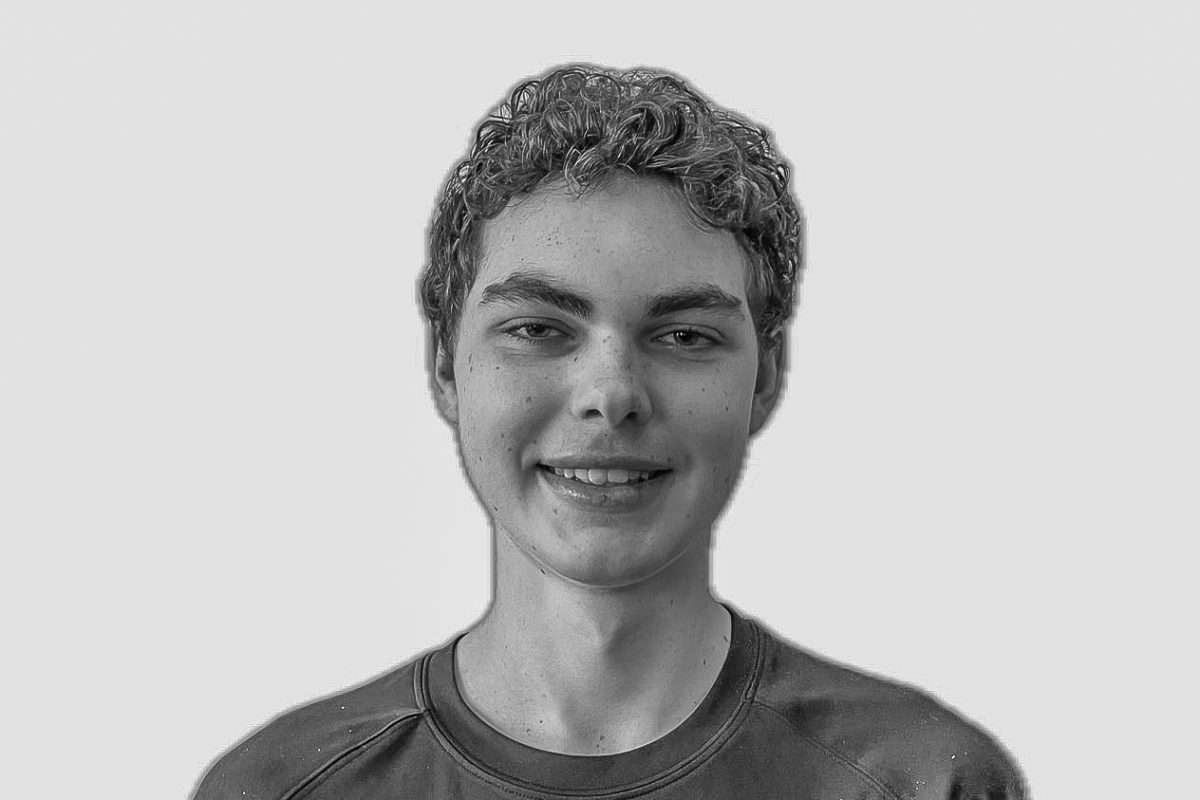You have a job that many people dream of having: you are a cartoonist for the New Yorker and you have also published two graphic novels. Did you always think you would become a cartoonist?
No, I thought I would be a writer. I studied writing in school, and in college, and in grad school I got an MFA in fiction writing. I became a cartoonist because when I started my first book, I wanted to write about my grandmother’s experiences as a Holocaust survivor, and I felt like writing made it difficult for me to get at the emotion of her story in a way that felt authentic and fresh. And so drawing helped me do that. The New Yorker cartooning stuff started after I finished my first book, which took seven years. After that, I realized that I wanted to embark on projects that took less time to complete. And the New Yorker was surprisingly accessible, because there was a policy back in 2015, when I started submitting, that you could just walk into the office and show your cartoons to the editor and get feedback. So that was really exciting and surprising to me, because nothing like that existed in the prose literary world. So I took that opportunity, and the editor was a little bit intimidating and insulting, but still encouraging. That was his style. The editor was Bob Mankoff at the time. And he would kind of say, “You’re not terrible.” That was what he said: “Come back.” So I kept submitting, and that really changed my career.
Do you invent the captions by yourself, or do you only do the drawing? Who writes the captions?
Caption and drawing come together. It used to be different in the older days, when illustrators were paired with writers, and often you didn’t know who the writers were, you just had the illustrator’s signature. But today, it’s very rare that people split those roles, so I do both.
Can you tell us about your first graphic novel, Flying Couch?
My first graphic novel tells the story of three generations of women in my family: me; my mother, who is a psychologist, who was born in Germany after World War II in a displaced person’s camp; and my grandmother, Lily, who’s a Holocaust survivor, and she left the war zone ghetto when she was 13, and survived on her own, and lost her entire family. And the book is about telling her story in juxtaposition with stories from my life, my relationship to home, and my relationship to those women who raised me, finding my Jewish identity and how it related to inheriting that history, trying to understand certain things about myself in relation to that traumatic inheritance.
It’s the book that taught me how to draw comics. So I started it as my college thesis, when I really didn’t have very much drawing experience, and emerged from college with a draft of the book that was not very well-drawn. And ended up submitting it to publishers with an agent and the feedback was, “You need to learn how to draw better,” which was sort of devastating, but I took some years to work on my drawing, and then I redrew the book from the beginning. Then I found a new agent and managed to sell it. So I did draw the book twice, which was sort of my 10,000 hours of drawing practice, and by the end of the book, I knew how to draw and had a much better sense of how comics could work.
How does your new graphic novel, Artificial, expand upon your vision for your narrative work?
The new graphic novel is also about three generations in my family. It also tells the story of my grandfather on my father’s side, who fled the Nazis in 1938. His life was saved by an American woman who sponsored him. He was a musician, and she heard him conduct a concert and she was very impressed by him and brought him to the United States. That’s a mythical story that I grew up hearing. But this book is different than Flying Couch, in that I don’t know my grandfather. I never met him, and I don’t have very much of his testimony about his history. But what I do have, or what we do have, in my family, is this epic storage unit of his writing from his professional life, and from his personal life, letters he wrote, newspaper clippings about him and his life in America, photos and other artifacts my father has been saving. My father recently embarked on a project to collect and transcribe my grandfather’s writing in order to build a chatbot, which is an algorithm that marries natural language understanding and the writing of my grandfather in the archive, in order to create a program that simulates conversation with my grandfather. I would say that this book is more ambitious than my first book, in that it tackles a lot of the philosophical question that this project inspires, and it also chronicles my relationship with my partner, who is a philosopher who helps me discuss and understand the philosophical questions that arise, and it also juxtaposes my story of coming into a partnership and figuring out what it means to love somebody else–it juxtaposes that story with the story of my grandfather’s life, and see if I can get to know him, even though I’ve never met him, and what role the technologies play in that relationship. It’s also more formally ambitious than my first book. The pages are a lot more dense, and I use a lot more variety of drawing styles, and I did a lot of recreating of artifacts, which I did in my first book, but not quite as much, or as diligently. In this book, I became obsessed with recreating these artifacts we’d saved in the storage unit, in a seamless style. So I did a lot of tracing of documents and recreating them with a combination of tracing and close looking. I spent a lot of time drawing these old things in my own hand. And with this book, the process became much more important. I thought a lot about the process and the experience of creating the book, because I knew I’d spend a lot of time with it, and I needed the process to be interesting, pleasurable, and meaningful. I also used much nicer paper, water color, and ink.
What is your advice for those of us who are seeking to pursue careers as writers and graphic novelists?
Well, I think it’s really important to enjoy the process of what you’re doing, and focus on that experience as its own reward, because it’s difficult to find financial success as a writer and an artist, even if you find other kinds of success. Like, for example I might be doing an interview with a paper, and do lots of those interviews, and feel really proud of myself for that accomplishment, but then I’ll be surprised how that really doesn’t line up with financial remuneration. And that’s true for so many writers and artists that I admire. And so an inevitable challenge for a writer and artist is figuring out how they’re going to make a living, while also carving out time for their writing and their art. I think something that people should try to avoid is a painful, forced relationship with their art and their writing. You should always be seeking to balance your writing and your art with other things in your life. Because I think that sometimes, people can burn out when they just pour everything into it without thinking about other parts of themselves. So the sooner you can establish that balance, the more longevity you’ll have in your career.
I’m giving that advice also to myself, because I tend to fall into intensity with my work, which is okay sometimes, but you need to be able to come back from that.
What is the one thing you think a younger person should do as they look to the future and try to figure out what they are going to do when they grow up?
I do think it’s important to reflect on what you think is really special about human intelligence versus other kinds of intelligence, like artificial intelligence. Because many jobs are going to be automated in the future. Even the ones you don’t expect, like screenwriters. But I do think that there are things that only humans can do, and prioritizing those kinds of skills is important. For example, I think caretaking skills are harder to automate, and hopefully real care for others is something that we’ll start to value more, as machines start to take over other jobs, because I think really reflecting on that is important.
If there were anyone besides your grandfather that you could resuscitate through AI, who would it be?
I would really like to bring my cat Fluffy back to life. That’s the only entity, or creature, that I miss with that kind of depreciation. Because I’m very lucky that I haven’t lost anyone in my life that I’m really close to. My parents are still around, my grandmother on my mother’s side is still around, and I’m really close to her. So it’s really just my cat. I really miss my cat, and you obviously can’t build a chatbot of a cat, but maybe we could clone him or something, and bring him back.
Is there anything else you’d like to add?
I hope people read my book. I hope they read it slowly. It’s the kind of book that you need to spend time with, and it’s hopefully an opportunity to slow down. I think a lot of our media right now is very fast, and you’re inundated with information in a way that you can’t always pause with. I want my book to be a physical experience, and I hope people can really spend time studying it in their own way.








